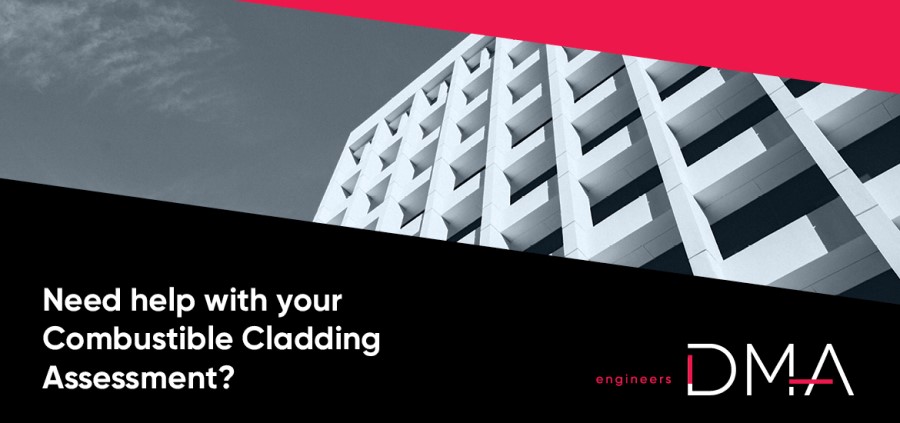When it comes to managing your building’s cladding – exactly what are you responsible for under the new legislation?
Under the new Building and Other Legislation (cladding) Amendment 2018 (an amendment to Building Regulation 2006), the owners of certain types of private buildings in Queensland are now responsible for the combustible cladding assessment of their building façade.
The affected buildings are private buildings that meet the following criteria:
- Development approval granted after 1 January 1994 and before 1 October 2018, and
- Class 2 to 9 building classifications, as defined in the Building Code of Australia, and
- Type A or B construction, as defined in the Building Code of Australia.





